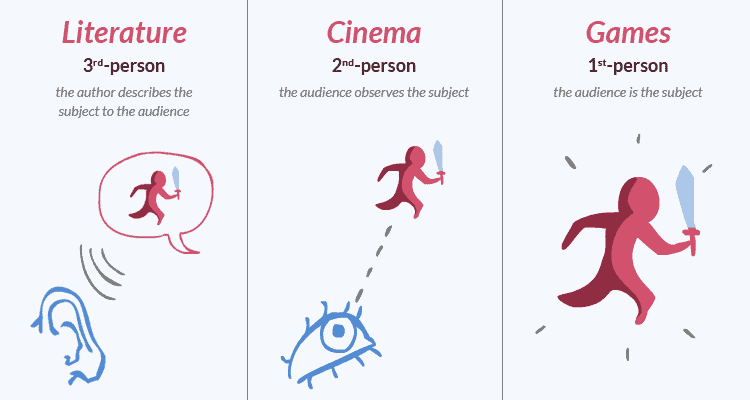Welcome back everyone to design principles with Ceci!
Today I have decided that I want to take the topic of design principles in service companies and take it to a different style of service. One that is not usually thought as a service.VIDEOGAMES
Today I'm going to take one of my favorite videogames and analyze it compared to design principles and media critics.Now I would like to talk about the The Last of Us a little bit, so that you guys, in case you haven't heard of it have some insight to it.
*************************SPOILER AHEAD*************************
Here a Video for more Insight
There are a few things we always have to take in consideration when talking about videogames and its core experience as a service. First, I want to clarify that I'm talking about the experience, story or mechanics the game has as a service of self-entertainment. This kind of service, as it would be of a book, doesn't involve particularly other people. It might ivolve friends or family, this is why I have choosen a single-player videogame to make it more simple when talking about how videogames are affected by design principles.
What do we have to take in account about videogames:
Simplicity
Complexity is generally the enemy of good design. A classic mistake in videogame design is trying to implement more and more features instead of just building the city around a mechanic that already works. In this case The Last of Us is a storytelling, rpg game, build around same mechanics with small, but entertaining and fun changes introduced allong the game.
Clarity
From the moment the game is design is based on trying to get the audience to think or do something specific. It's not just about entertaining or fun, it could be about the right strategy or about the feeling is trying to get acrossed. In TLOU (to abreviate) the story is the most important thing.
Integrity & Consistency
The different levels designed for the game should be "rivers from the same ocean". Usually in videogames is used different levels with completely different experience, physics, sound effect or even story. But at the end all should make sense for the player in a cohesive story, combat system...
Utility
At the end all games should have a goal towards the player. Surrounded by a system of levels, AI enemies and rewards making it playeable. It's not only that it works at a mechanical level, but also that it makes the player feel like he's getting somewhere by playing the game.
Engagement
In videogames is really important to create and engaging mechanic, it could be through a good playability, a good and entertaining story, good sound and physics or just by rewarding the player. Nowadays, videogames have multiple of these, as we are not only trying to get the player to just buy the game, but also to play through it completely. Multiple games hide Easter Eggs or weird trophies as a reward for just exploring the game.
Few things left to mention guys. Nowadays players are getting really focused on physics, mechanics, sound effect, visuals, asking for the most realistic experience possible. As most of videogames are about telling a story, we as players, want the most realistics story ever, which has become a fight between companies in these sector, not only to innovate on story, but also to innovate on technology.
Now getting more specific, TLOU is a linear design to make the story clear, but also to give the sensation of forward movement. It has multiple puzzles, but at the end it has repetitive mechanics focusing mostly on innovating on the story with really good visual and sound effect.
Shaping is a good design principle clearly involved in TLOU. They start with an easy mechanic, like just moving around and they start scalating towards more difficult behaviour, like adding guns, showing you how to aim, introducing the enemies slowly and leaving the difficult ones for later in the story. VideoGames have a progressive pacing, which is easy to learn and fun/hard to master.
Storytelling
This design principle is the most important one in TLOU. They create a sense of time and place of story everytime the scene changes. They introduce characters slowly, making really clear which one are the protagonist and the bad guys. They also show how this different characters are really important to the story, even if they only survive for few minutes in the game. The Plot ties everything together really carefully, which is mainly focused on the experience past and present that the 2 main characters Joel and Ellie go through together.
It really makes you forget that it's just a game or that you are playing in the computer or console. It makes you be one of the characters. They take really good care of visuals and sound effect to create the sensations, they leave small traces that have a lot of meaning and give a lot ot emotional tone to the game. And of course is really interesting and has a good flow to it.
Reviews:
If you haven't played it, I would really recommend that at least you see a Walkthrough of it, as it is a really emotional game with a really hard ending. I cannot wait for TLOU 2. It was really hard for me to try explain the different design principles involved in TLOU without spoiling the story for those who haven't heard anything about it. The ending of the game itself had a lot of controversy and was discussed in every gaming platform.









Comentarios
Publicar un comentario